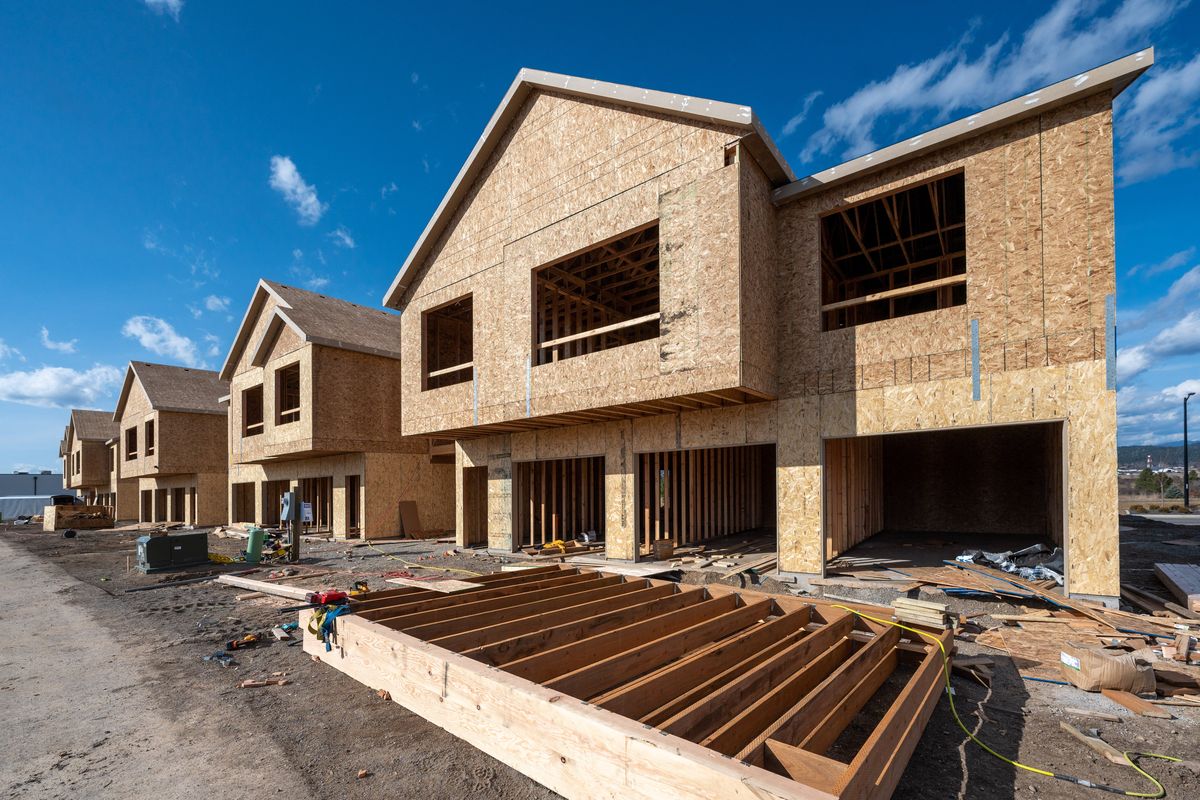Spokane County home values rise an historic 31%, but what does it mean for your taxes?

The average Spokane County home is worth an incredible 31% more than it was a year ago, according to the assessor’s office.
Spokane County Assessor Tom Konis, who has nearly 30 years of experience in the assessor’s office, said he’s never seen such a dramatic spike.
“It’s the scariest time I’ve been through,” Konis said. “I truly feel sorry for young people trying to buy a house these days.”
The assessor’s office began mailing out property assessments this week. Those valuations are the county’s estimates as of Jan. 1 and tend to be lower than what a property would fetch on the market.
For the 2023 tax year, the average Spokane County home has an assessed value of $418,800. That’s up from $320,900 the year before and more than double the $192,300 figure from the 2017 tax year.
Residential properties aren’t the only ones rising in value. Konis said the total county-wide assessed value went up 30% too, which means commercial properties appreciated at the same rate or more.
That 30% figure comes after a 12% increase last year and it’s the highest annual uptick since at least 1974. In 1993, the county-wide valuation jumped 26%, but that’s the only other year in the last 48 to break the 20% barrier.
Konis said when he started out in the assessor’s office, he’d typically see the county-wide assessed value increase 3% a year or less.
Watching home values grow at this rate is a bit hard to fathom, he said.
“We always kind of laughed at Seattle when they had their peaks and valleys,” he said. “We just didn’t have those. We’ve got a peak right now, I just hope it doesn’t hit a valley.”
Taxes are tricky
A 30% increase in home value does not equate to a 30% increase in property taxes.
But taxes are almost certainly going up.
In 2017, the average Spokane County homeowner paid $2,500 in property taxes. This year, they’re paying $3,500.
While the county’s new assessments will help determine a homeowner’s tax bill, a long list of factors goes into the final figure.
Where the home is, what it’s worth and what happened to values elsewhere all play a role.
Two homeowners living in identical houses on opposite sides of a street might pay different taxes if they live in different tax code areas. Each homeowner might pay for different bonds, schools and emergency response services.
The regular taxes imposed by local governments don’t rise in tandem with property values.
Counties and cities can only collect 1% more from property owners each year unless voters allow them to take more.
For example, if Spokane County collected $100 through its regular property tax last year, it could only take $101 this year. Budgets can go up by more than 1% because governments also gather revenue through sales taxes, taxes on new construction and more, but the regular property tax component is capped.
But cities and counties aren’t the only ones collecting property taxes.
A county homeowner’s property taxes might be split more than 10 ways. Money can go toward bonds, fire districts, emergency medical services, land conservation and more.
The largest chunk of a property tax bill goes to schools, however. Konis said 58% of the tax bill on his house goes toward education.
Schools collect tax revenue differently and aren’t restricted to the 1% annual increase. That’s part of the reason it’s difficult to project how much a homeowner will pay in taxes next year.
Konis explained that the county can’t figure out levy rates until early 2023. Governments have to finalize their budgets first, and voter-approved taxes have to succeed or fail at the November election.
Despite all the complications, the general property tax trends are simple.
For the last few years, homeowners have paid an extra few hundred dollars a year on their tax bill.
Property owners wanting to contest the county’s valuations can appeal.